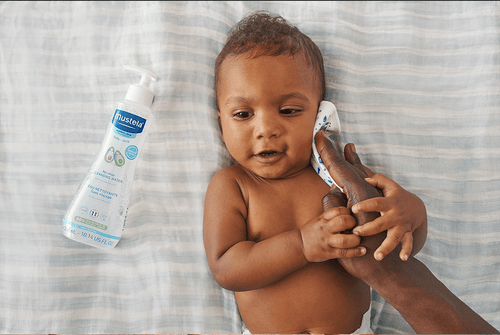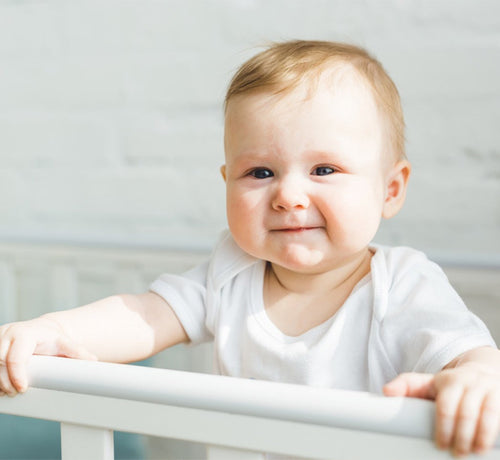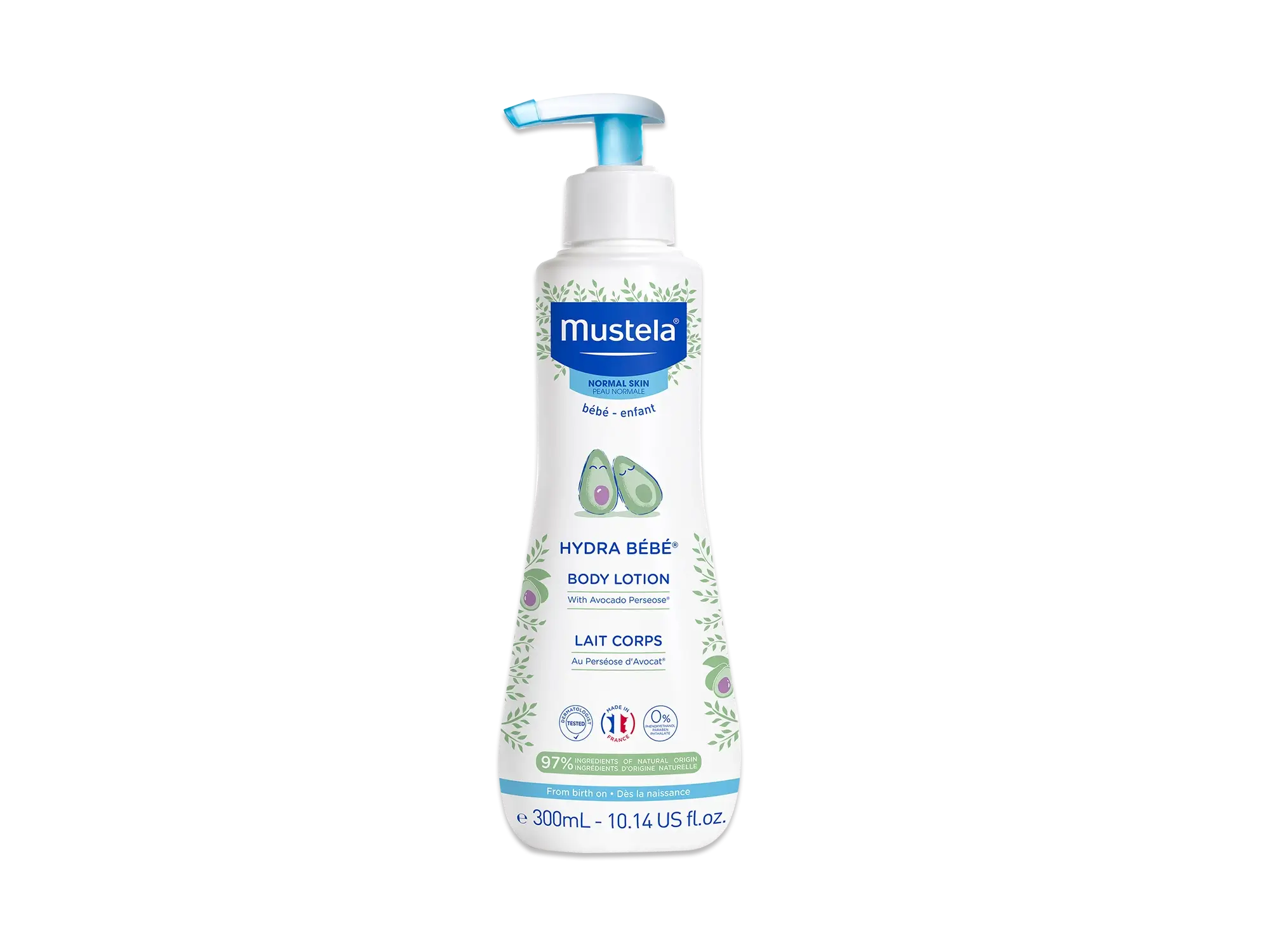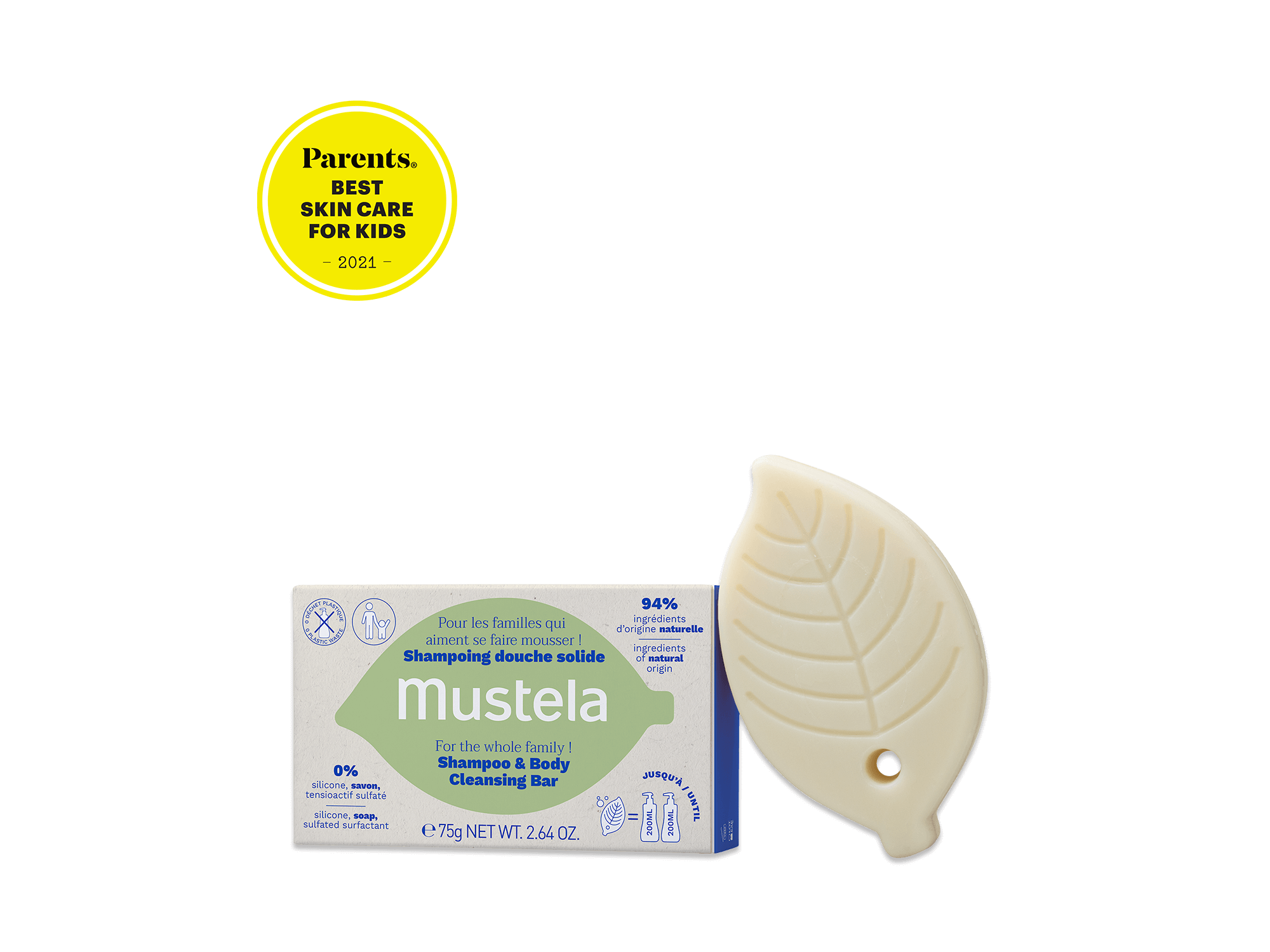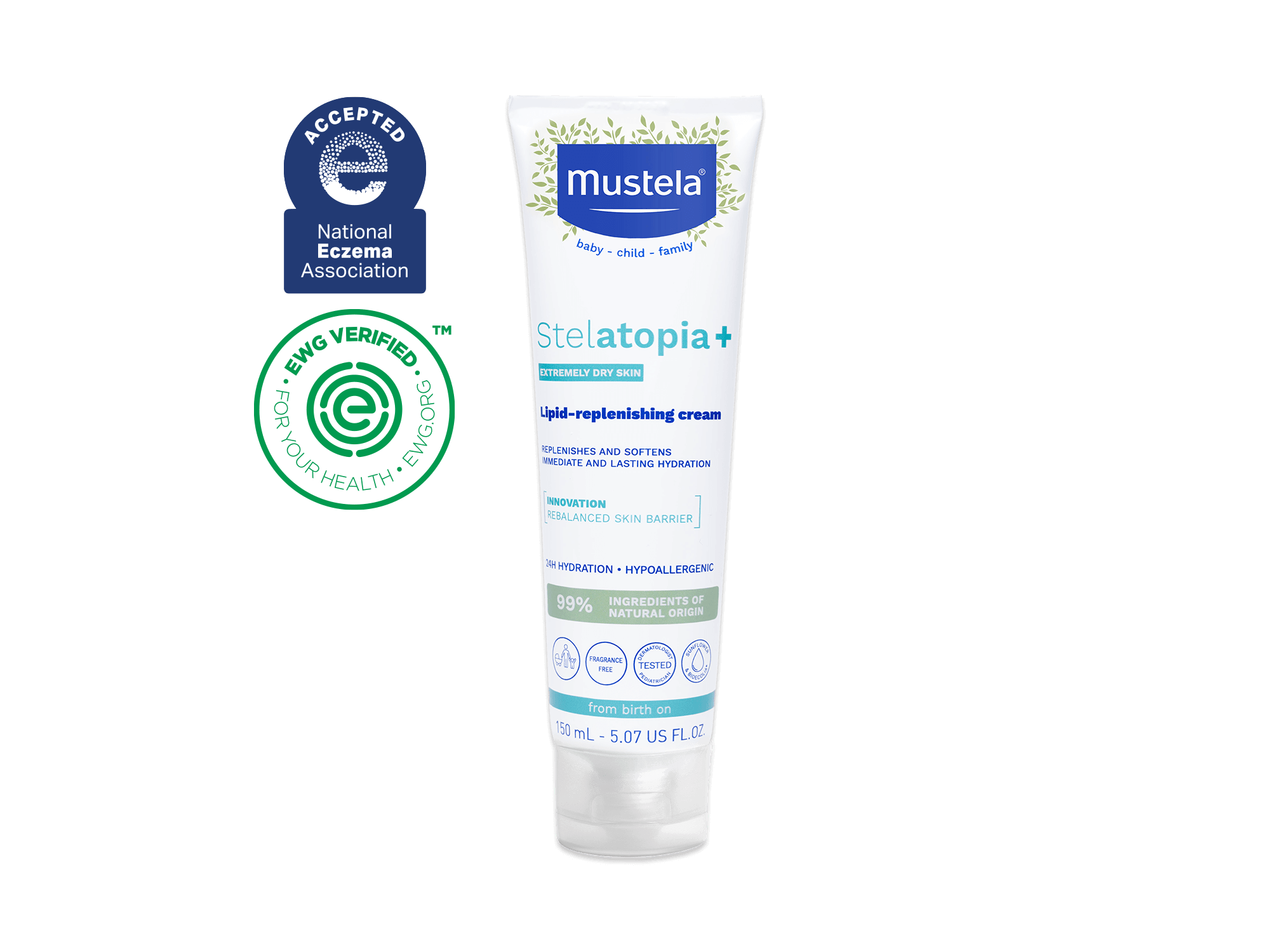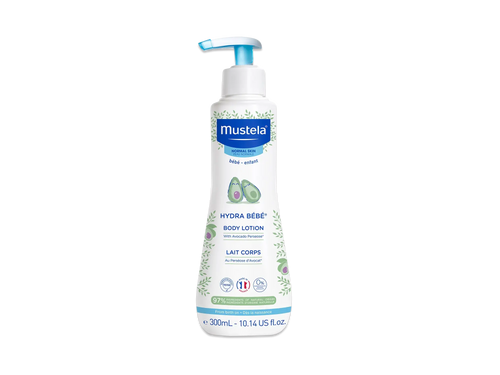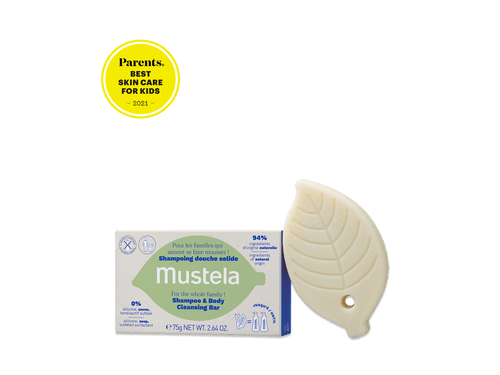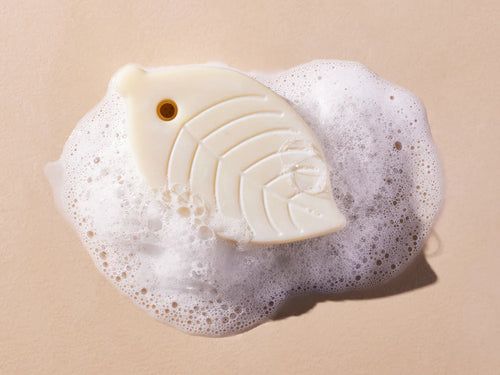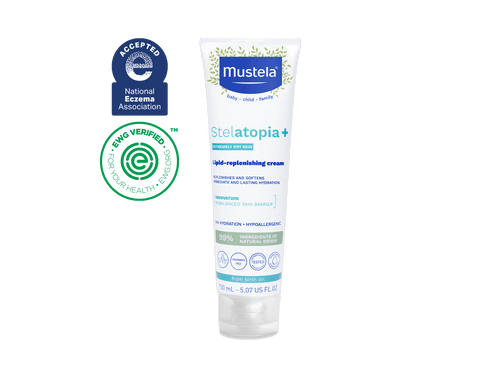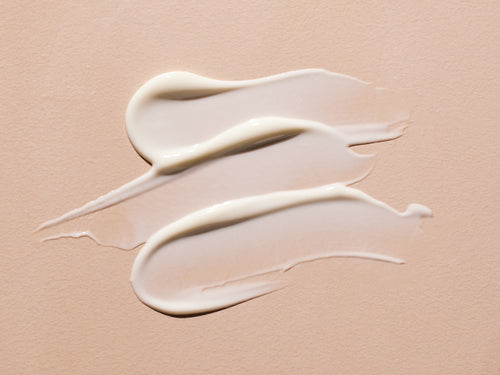Did you know that your baby’s room temperature plays an important role in helping them sleep safely and comfortably? Unfortunately, room temperature is a topic that often gets overlooked.
But it’s important to remember that babies sleep a lot, especially during their first few months of life. And since the right ambient temperature can help them (and you!) sleep better, it’s a topic every parent should be aware of.
This article will guide you through everything you need to know about creating the best sleeping environment for your little one. So, if you have a few questions about what your thermostat settings should be, you’ve come to the right place.
Let’s dive in!
Key Takeaways
-
Takeaway #1: Your baby’s room temperature is important because it helps with your little one’s growth and development. If your baby’s room is too hot or too cold, they’ll likely not sleep as well, which can prevent them from developing at the appropriate rate.
-
Takeaway #2: When babies are born, they can’t regulate their own temperatures. If a room is too warm, they can quickly overheat, which increases the risk of Sudden Infant Death Syndrome (SIDS).
-
Takeaway #3: The ideal temperature for your baby's room is between 68 and 72 degrees Fahrenheit (or 20 to 22 degrees Celsius).
What Is The Best Temperature For Baby’s Room?

We all have different preferences when it comes to room temperature. Some people like it a little chilly, while others prefer it to be nice and toasty.
Though finding the sweet spot may be difficult, it's especially important for babies. The right temperature in your little one’s room actually helps them sleep better and more safely (more on this in a bit).
Since we want to do everything we can to promote healthy sleep, the question becomes: Where should you set the thermostat?
The ideal temperature for your baby's room is between 68 and 72 degrees Fahrenheit (or 20 to 22 degrees Celsius). This should be the room's temperature throughout the year, regardless of whether it's cold and snowing or a hot summer afternoon.
Why Is Baby’s Room Temperature Important?
There are two main reasons why maintaining the right ambient temperature is essential.
First, it helps with your little one’s growth and development. As we mentioned, if your baby’s room is too hot or too cold, they’ll likely not sleep as well or as long as they need to, which can prevent them from developing at the appropriate rate.
Secondly, setting the right temperature may actually help save your child’s life. When babies are born, they can’t regulate their own temperatures. If a room is too warm, they can quickly overheat, which increases the risk of Sudden Infant Death Syndrome (SIDS).
So, as you’re planning out your little one’s nursery, make sure to take into account the location of the room and the crib to your home’s heating and cooling system and understand its controls.
Now that you know the ideal baby room temperature and why it’s so important, let’s discuss how you can check if your baby is too hot or too cold.
Signs Your Baby Might Be Too Hot Or Too Cold

Even if you set your thermostat between the recommended 68 and 72 degrees Fahrenheit, it’s still important to pay close attention to your little one.
In fact, it’s a good idea to know how to check for signs of overheating by feeling their chest and the back of their neck as well as watching their behavior.
Here are some signs that your little one may be too hot:
- Flushed cheeks
- Sweating
-
A rash
- Rapid breathing
- Damp hair
While keeping your baby from overheating is important for many reasons, you should also make sure your little one doesn’t become too cold, either.
If your baby’s skin feels cool to the touch, use a baby thermometer to make sure they’re in a safe body temperature range.
For reference, an average baby’s temperature should be between 97.5 and 99.5 degrees Fahrenheit. If your little one’s reading gets above 100.4 degrees Fahrenheit, it’s a sign of a fever, and you may need to contact their doctor if it doesn’t subside.
If your child doesn’t have a fever but is showing signs of overheating, then you can remove a layer of clothing to help cool them down and monitor them until the symptoms go away.
Another way to cool down a baby that is too hot is to bathe them in lukewarm water. You can even use our Organic Cleansing Gel With Olive Oil And Aloe to gently calm their delicate skin and our Gentle Shampoo for a little scalp massage.
Focus on cooling, calming ways to help their bodies regulate.
Now that we’ve looked at different reasons for keeping your little one’s temperature regulated, let’s take a look at other factors to consider for a safe sleep environment.
Other Safe Sleeping Tips For Baby’s Room
1) Share A Room

According to the American Academy of Pediatrics (AAP), parents should share a room with their infants for at least the first six months (ideally until their first birthday), as this can help reduce the risk of SIDS.
In addition, sharing a room with an infant allows you to monitor their temperature closely because you'll be able to see if they're sweating or if they need a little extra warmth.
Since sharing a bed at this age isn't recommended, the best option is to place a co-sleeper or bassinet right by your bed. Or, if you have a large enough space, bringing the crib into your room is another option.
Not only is it safer for your baby to be in your room, but it’s great for bonding!
2) Let Your Baby Sleep On Their Own Mattress
This section is a continuation of the previous point, but it deserves its own spot.
When some parents find out they need to share a room with their little one for at least the first few months, they assume that sharing a bed is fine. But this isn't safe during the first year of your baby's life.
In fact, sharing a bed with an infant is one of the leading contributing factors to SIDS. When an infant is in bed with their parents, anything can happen. They can get caught up in the sheets and suffocate, or a parent could roll over and accidentally restrict appropriate air flow.
Additionally, you want your little one to sleep on a firm mattress that's designed specifically for an infant's body. Not only does this allow them to breathe comfortably, but it also gives their growing body support during this critical developmental period.
If you love the idea of co-sleeping because you want extra snuggles or because it’s convenient, we understand. But for safety reasons, save those cuddles for while your little one is awake, and always practice safe sleep.
3) Only Let Your Baby Sleep In A Crib, Travel Crib, Or Bassinet

Now that we know where babies cannot sleep, it’s time to talk about where they should sleep. According to the AAP, there are only three safe places for a baby to sleep: the bassinet, crib, and travel crib.
That means no swings, bouncers, car seats, or couches.
Of course it’s not always possible to control where your baby ends up nodding off. If your baby does fall asleep somewhere other than an approved sleep surface, pick them up and move them to their crib right away.
4) Check The Model And Assembly Of Baby’s Crib
To make sure your little one is safe in their crib, you’ll need to check that the crib itself is a safe model and is assembled correctly.
First of all, you want to check the date of manufacture. Any crib made before 2011 should not be used, as these may have dropped sides, which pose safety risks. Other things to look out for when choosing a crib include:
- Slats are not more than 2⅜ inches apart
- There are no decorative cutouts in the headboard or footboard
- Corner posts are flush or extra tall
Cribs with slats that are too far apart, cutouts, and mid-sized posts are dangerous and must be avoided.
Be extra diligent if you’re purchasing a second-hand crib. Check for recalls and ensure that you have all the original hardware as well as the instruction manual.
When it comes to assembling your crib, follow the instructions carefully. Tighten all screws and check them periodically. Because cribs must be adjusted as the baby grows, keep the instructions somewhere close, where you can reference them easily.
5) Make Sure The Mattress Fits The Crib Properly
It’s also important that the mattress is specially fitted to the crib. Although many crib models are “standard,” and use "standard" mattresses, others are custom. If your crib is a custom size, you need a custom mattress. Select one from those suggested by the crib manufacturer.
If you’re unsure whether your baby’s crib mattress fits properly, do the two finger test. Basically, you should not be able to slip more than two fingers between the mattress and the side of the crib. If there’s more space than that, replace the mattress immediately.
6) Put Your Baby Down On Their Back

Tummy time is essential for your little one’s growth and development. It helps strengthen their back, neck, and shoulder muscles; improves their motor skills; and so much more. But this doesn’t mean your baby should sleep on their tummy.
Babies need to be put to sleep on their backs for the first year of their lives to prevent the risk of suffocation or SIDS. But if your little one is becoming mobile and is able to roll over, don’t worry if they roll from their back to their stomach while sleeping.
In this instance, it’s OK because they have developed enough strength to push themselves back over or adjust their face to a position that allows for better air circulation.
7) Empty The Crib
While having a decorated crib may be fun, it’s not safe for your little one. Loose blankets, sheets, stuffed animals, and bumpers can all be a suffocation hazard.
Ideally, all you should have in a crib is a fitted sheet before placing your baby down to sleep.
Once your little one turns one, is mobile, and has more strength to kick or push items as needed, you can add a lightweight blanket in their crib.
8) Use A Swaddle, Sleep Sack, Or Sleep Safe Pajamas

When it comes to dressing your baby for sleep, you want to choose a swaddle, sleep sack, or other safe-sleep pajamas. Swaddles are appropriate for newborn babies.
A swaddle is simply a large cloth that wraps around your baby like a burrito, securing their arms and legs, in order to quell the MORO reflex, or the startle reflex, which can wake them.
Once your little one shows signs of turning over, change out the swaddle for a sleep sack — or wearable blanket. You could also go straight to a snug pair of PJs. Whatever the sleepwear, choose a natural, breathable fabric, like cotton.
Change your little one into their perfect PJs after a nice bath using our Nourishing Cleansing Gel With Cold Cream, or if your little one is prone to eczema, our Steletopia Cleansing Gel or Oil.
For even more skin protection and hydration, follow up the bath with our Stelatopia Emollient Face Cream, or Hydra Bebe Body Lotion to lock in moisture and calm irritated skin.
With ingredients of natural origin per ISO 16128 standard and no icky toxins, these creams will leave your baby (and you) snoozing soundly.
9) Avoid Over-Bundling
In colder months, you may feel the need to bundle your baby in layers to keep them warm. However, this may end up overheating your little one if you aren’t monitoring them closely.
The rule of thumb is to dress your baby in no more than one additional layer than you would wear for the temperature.
If you’re dressing them in a sleep sack, you’ll want to be mindful of the TOG, or Thermal Overall Grade of the garment. The higher the TOG, the warmer the sleep sack is.
If you’re keeping baby’s room temperature between 68 and 75 degrees, look for a TOG rating of 1.0 to 2.5. TOG ratings between 2.5 and 3.5 are for colder temperatures between 61 degrees and 68 degrees.
10) Don’t Put Your Baby In A Hat
In addition to avoiding too many layers for your little one, you also want to skip the hat, as this can cause overheating. A hat could also slip over your little one’s face while they sleep and become a suffocation hazard.
11) Offer A Pacifier

For a better night’s sleep, consider giving your baby a pacifier. According to the American Academy of Pediatrics, pacifier use not only soothes your little one but may also lessen the risk of SIDS.
While bottle-fed babies can sleep with a pacifier from birth, breastfed babies should wait three to four weeks when they are comfortable breastfeeding. Too soon might cause nipple confusion.
As for safety concerns, pacifiers should be one piece and not have any attachments, like stuffed animals. In addition, babies should only be given pacifiers suitable for their age.
12) Keep Crib Away From Cords, Windows, And Heaters
Another important tip to keep your baby safe in their crib has to do with crib placement. You want to set up the crib away from cords, windows, and heaters.
Any electrical cords within reach can be a strangulation hazard. In addition, if baby’s crib is by the window it could be drafty, or they could be exposed to direct sunlight and overheat. Finally, a heater too close to the crib can also cause the baby to overheat.
It’s best to place the crib at least three feet away from any of these hazards.
13) Breastfeed If You Can

According to experts, breastfeeding decreases the chances of SIDS by nearly 50%. Doctors recommend breastfeeding for at least six months if you’re able to.
This being said, you’ll need to be sure you’re breastfeeding safely. Avoid breastfeeding in bed, especially while you’re sleepy. The same goes for plush armchairs and sofas.
As soon as you’re done breastfeeding, return your little one to their crib for some additional hours of slumber.
14) Keep A Smoke- And Vape-Free House
Exposing your baby to smoke is correlated to a higher risk of SIDS, so be sure that no one smokes or vapes inside your house or near the baby.
15) Stay Up To Date With Vaccinations
As well as protecting your little one from various diseases, according to research, keeping your baby up to date with their vaccinations is associated with a lower risk of SIDS.
Talk to your pediatrician for the latest recommendations when it comes to the timing and nature of protective vaccines.
As you see, setting baby’s room temperature is just one of many things you can do to ensure a safe sleep.
How To Prepare Your Baby’s Room For Sleep

Now that you know that baby’s sleep is safe, let’s talk about making it sound! In addition to setting the thermostat to the right room temperature for your baby, there are a few more things you can do to make it easier for your baby to nod off to dreamland.
Keep The Room Dark
When it’s time for a nap or bed, make sure your baby’s room is dark. If the nursery doesn’t get dark enough during the day, try blackout curtains or shades.
Make Sure It’s Quiet
Not surprisingly, you also want to make sure that your baby’s sleep environment is quiet — meaning your baby’s nap might not be the perfect time to vacuum the house or mow the lawn outside their window.
Of course, even if you’re able to keep your home quiet, you can’t control what’s going on outside. Honking horns or other bustle outside could keep your little one up. To help drown out any external sound, try a white noise machine.
Use A Humidifier
If your baby’s nursery is too dry, it will be harder for them to sleep. Adding more moisture to the air with a humidifier should make it more comfortable for them. Ideally, keep their nursery at 30 to 50% relative humidity.
(If you’re unsure about how humid the room is, use a hygrometer to test the air.)
When choosing a humidifier, opt for a cool mist model, which is safer. Another thing to keep in mind with humidifiers is that maintenance is very important to avoid mold or bacteria growth, sp follow all cleaning and descaling instructions carefully.
Sleeping Safely And Comfortably

Remember that your baby’s room temperature should be between 68 and 72 degrees Fahrenheit. This is important because overheating increases the chances of SIDS, and you want to always promote a safe sleep environment.
It’s also important not to share a bed, at least for the first year of your baby’s life. Instead, purchase a standard crib, bassinet, or co-sleeper to give your little one just the right sleep surface specifically designed for their body.
By implementing these tips into your daily routine, you can have peace of mind when you place your little one down for their nap or bedtime!

